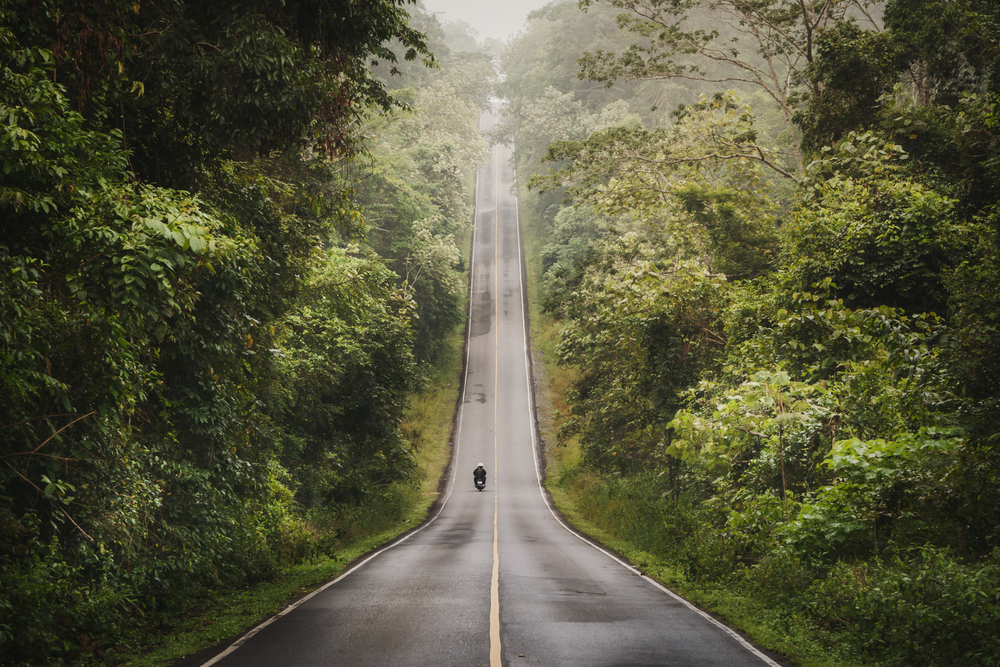Thailand isn’t called ‘The Land of Smiles’ for nothing. This exotic country, with its rich culture, stunning landscape and colourful street markets, will undoubtedly bring a smile to your face. And that’s not all! You will encounter friendly locals who are happy with the very little they have, a valuable life lesson we can all learn from. And the best way to start this learning is process is to try motorcycling in Thailand – you will get surprised, how much hidden beauty you will encounter.
Thailand is a land of superlatives, and there are so many things hidden from the tourists and first comers. Far beyond its tourist hubs lies Thailand’s true charm – perched pagodas, green rice fields, jaw-dropping valleys and fascinating cultures. What better way to breathe it all in than on a motorcycle tour?
Thailand is considered one of the world’s best motorcycle touring destinations. Buddhist temples, fishing villages, divine Thai cuisine and street food, mountains, rivers, waterfalls, lush jungles, elephants and monkeys by the side of the road make for an exciting motorcycle paradise.
Before you go…
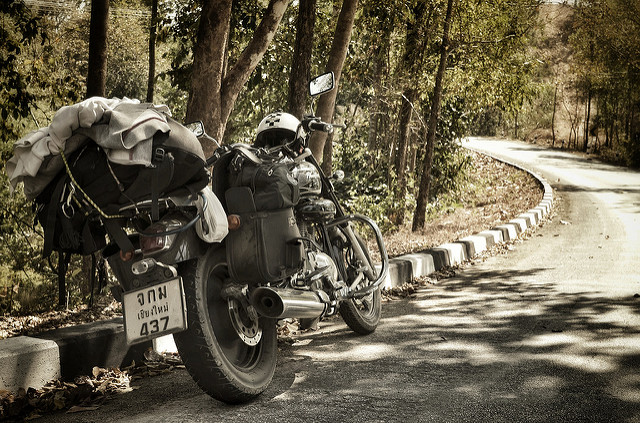
…You should know that:
- Thais drive on the left side of the road.
- Foreigners must have an International Driving Permit.
- The law requires wearing a helmet, and Thai police are known to pursue non-abiding foreign riders.
- Thailand’s roads are dangerous. According to the University of Michigan’s Transportation Research Institute, Thailand’s roads ranked second deadliest in the world, with 44 deaths per 100,000 population. Don’t be alarmed, though. As long as you know your limits, motorcycling in Thailand is an awesome (and quite safe) adventure!
- Unless you plan to go off-road, you don’t need a huge dirt bike when touring Thailand. Scooter-like motorbikes, 108-150cc with automatic transmission, are available for hire in most of the larger towns in the country. They are powerful enough for the roads here and are one of the best options to explore these lands at your own pace and even go off-the-beaten-track.
- The best time to travel to Thailand is between October and April when the weather is cooler and there is less chance of precipitation. Unfortunately, this is also the most crowded time of year.
- November through February is a pleasant and dry time for motorcycling. March and April are smoky because farmers practice burning of their lands during these months.
- April and May can be quite hot.
- The monsoon season lasts between July and September.
Best Road Trips in Thailand
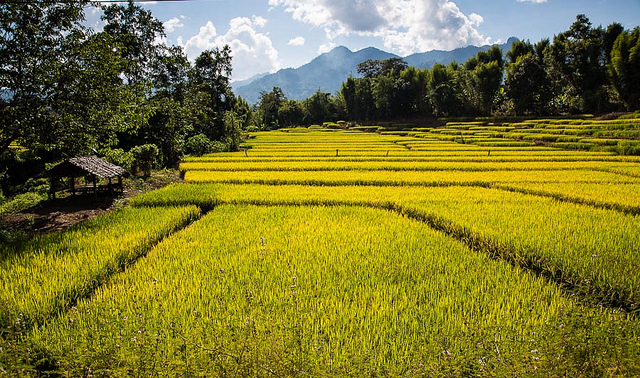
There are no less than 40,717 temples in Thailand, and each of them is a worth a visit. Sure, you can aim high and try to visit them all, or you can start by embarking on Thailand’s epic road trips and let the Land of Smiles reveal more of itself with each new turn.
The Samoeng/Mae Sa Loop
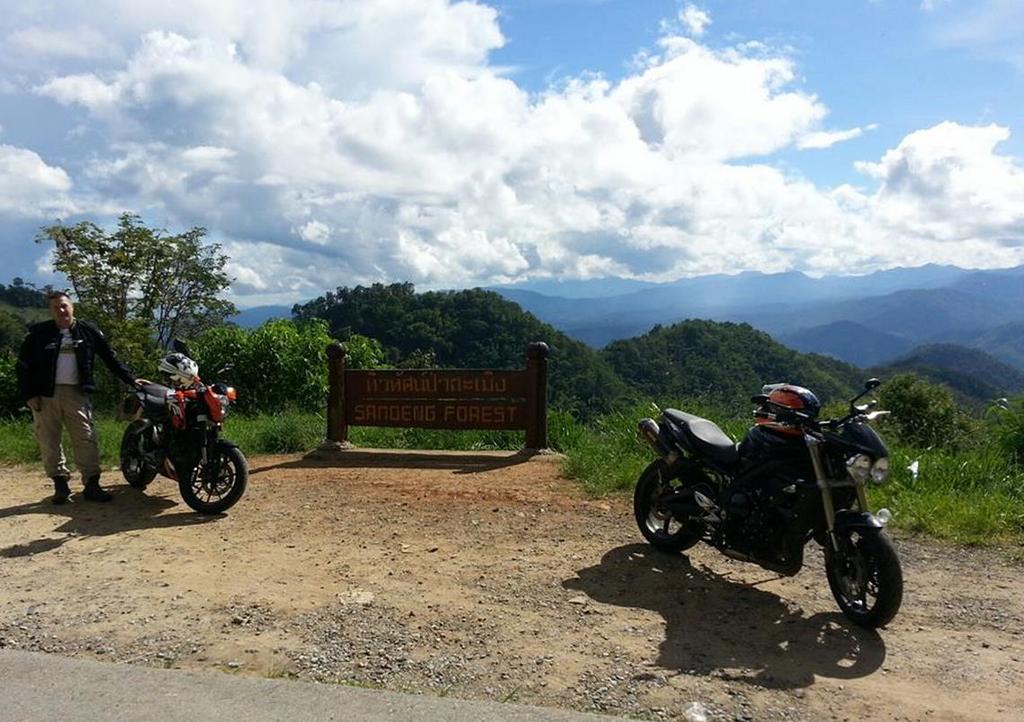
Chiang Mai – Mae Rim – Mae Sa – Samoeng – Chiang Mai
Distance: 62 miles (100 km)
Top sights: Mae Rim Orchid Farm, Mae Sa Waterfall, Mae Sa Elephant Camp, Queen Sirikit Botanical Garden, Samoeng Forest, Pa Ta Cave, Ban Muang Goong pottery village.
Insider’s tip: Stop for local coffee and pick some strawberries from farms along the way.
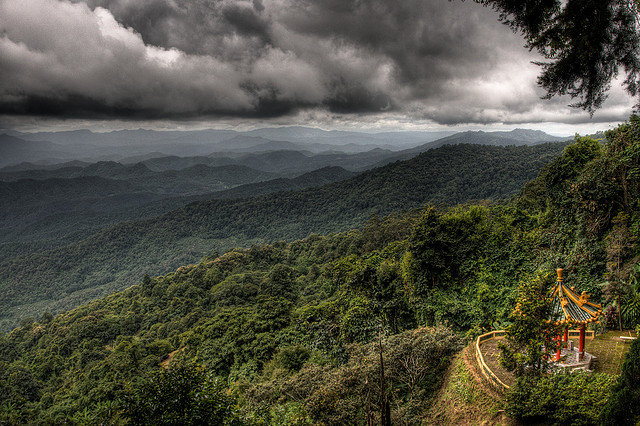
Just north of Chiang Mai, the Samoeng Loop is the most popular day ride in northern Thailand, taking travellers through the rural Thai countryside, passing by caves, temples, elephant farms and rice fields. The winding road circles the Doi Suthep Mountain, just west of Chiang Mai, which offers quite a collection of trekking paths and off-road motorcycle routes.
The Samoeng Loop takes riders from Mae Rim (approximately 6 miles/10 km from Chiang Mai) to the picturesque Mae Sa Valley. Please take note that this is a hilly ride, so you need a 125cc motorbike or above. In Mae Sa, you can visit the elephant camp, Queen Sirikit Botanical Gardens and Mae Sa Waterfall. If you’re feeling adventurous, you can even try the 165-foot (50-meter) bungee-jump at the Chiang Mai X-Centre!
The Nan Loop
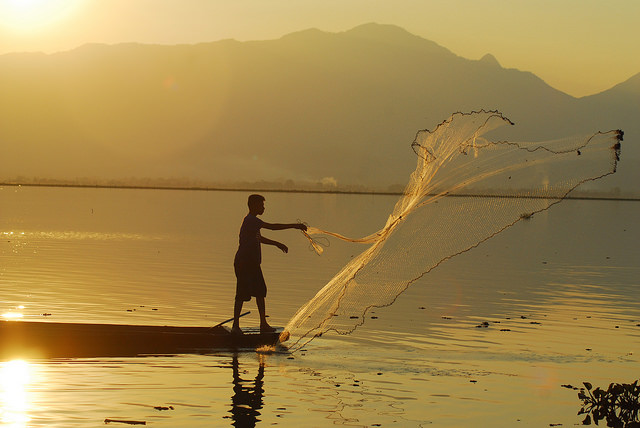
Chiang Mai – Phayao – Chiang Muan – Nan – Phrae – Lampang – Chiang Mai
Distance: Approximately 400 miles (650 km)
Highlights: Temples of Phayao, Than Tong Waterfall, Santisuk Waterfalls, Doi Phuka National Park, Tai Lue Village, Nong Bua Temple, Mae Kachan hot spring, Sirikit Dam, Wat Phra That Khao Noi, the Elephant Conservation Center, Big Reclining Buddha in Phrae.
Insider’s tip: Stop in Lampang for a horse-drawn carriage ride. Known as ‘Horse Carriage City’, Lampang is the only town in Thailand that still uses horse-drawn carriages as a means of transportation.
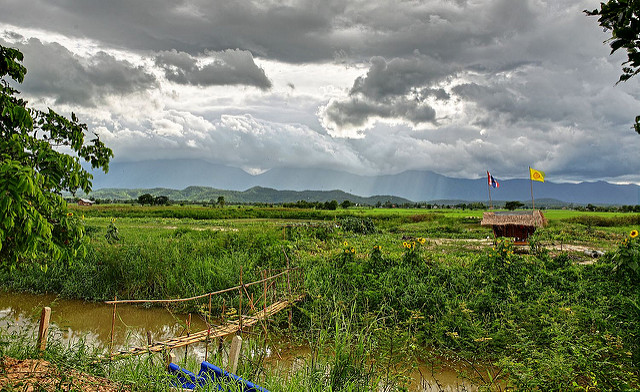
Starting in Chiang Mai, the Nan Loop takes riders through some of Thailand’s most stunning mountain scenery all the way to Nan on Highway 1148, said to be one of the top 10 best biking roads in the world. You will pass by the Than Tong Waterfall and the Mae Kachan hot spring before reaching the lakeside town of Phayao, which is worth a day or two to explore its temples, the most impressive of which being Wat Analayo. Phu Lang Kha National Park in the Phayao province is also worth a visit.
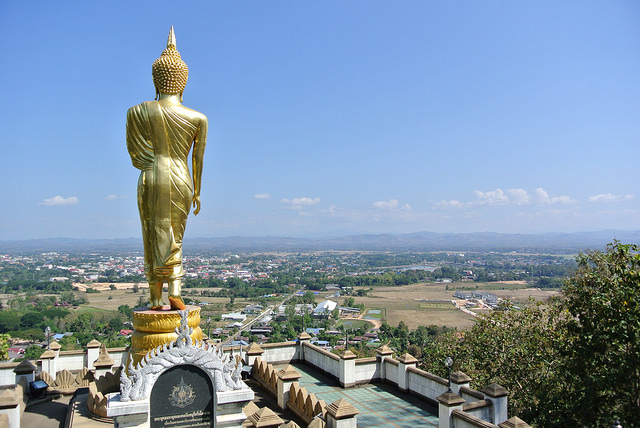
In Nan, you should definitely visit the scenic Wat Phra That Khao Noi hilltop temple. From here, the road passes through the rolling hills of the province all the way to Phrae, where you can take a wooden ferry to cross the Sirikit Dam, the largest earth dam in Thailand. Phrae is a small city that sees fewer tourists than other parts of the country. This makes it an excellent place to have a real taste of authentic Thailand.
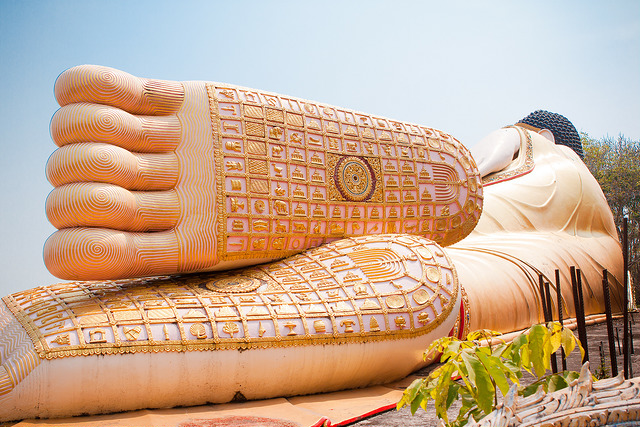
From Phrae, you will ride along the scenic rice fields to Den Chai, then through mountain scenery to Lampang where you can visit the elephant conservation centre and the world’s first elephant hospital. You will pass by national parks and rice fields on your way back to Chiang Mai.
2. The Chiang Rai Loop
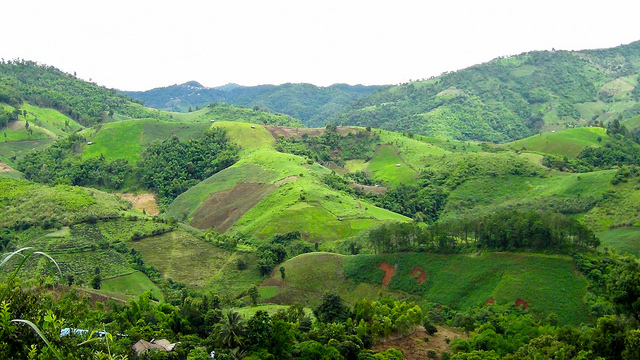
Chiang Mai – Tha Ton – Doi Mae Salong – Mae Sai – Golden Triangle – Chiang Rai – Chiang Mai
Distance: Approximately 350 miles (570 km)
Highlights: Mae Sa Elephant Camp, Chiang Dao Cave, Wat Tha Thon, hot springs, Wat Rong Khun (White Temple), Golden Triangle (where Myanmar and Laos meet Thailand).
Insider’s tip: Stop at Doi Mae Salong for the best tea in Thailand.
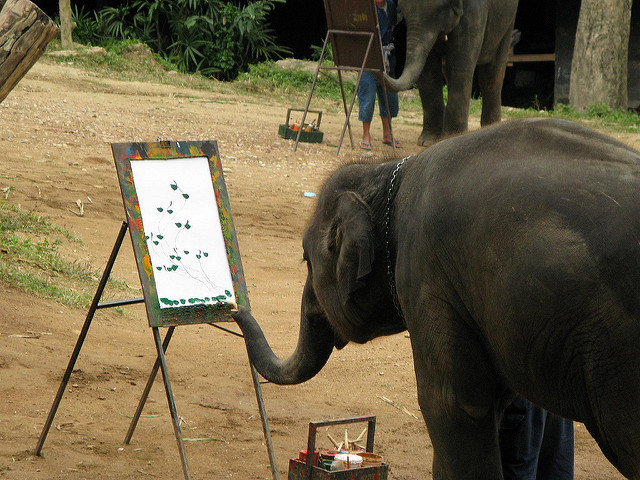
One of the most scenic rides in the country, the Chiang Rai Loop is a series of exhilarating twisty roads in northern Thailand. Just north of Chiang Mai, you can stop at the Mae Sa Elephant Camp, where you can observe elephants performing their ‘daily habits’, from bathing and eating to…painting, dancing and playing football!
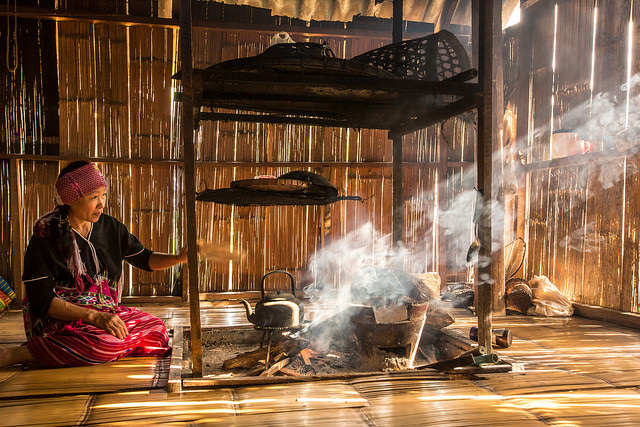
From Mae Sa, you will ride on a mountainous road to Tha Ton, dominated by the majestic Wat Tha Ton temple, located close to the border with Myanmar on top of a hill offering stunning panoramic views. While here, you can also visit the long-necked Karen tribe village.
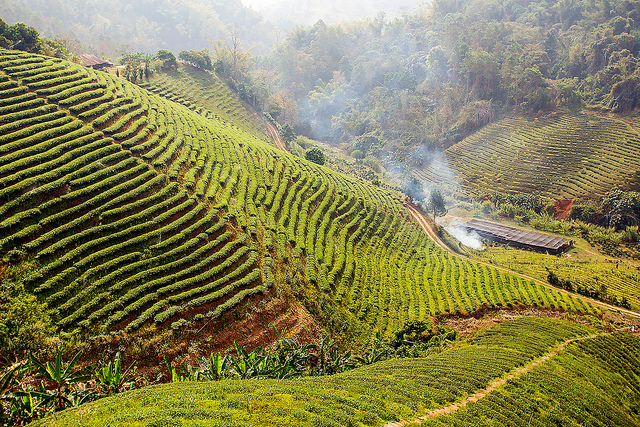
The journey continues on rural roads, by mountains and hot springs, towards Doi Mae Salong, where Chinese mountain tea farmers live. The locals here are ethnically Chinese, and these lands hardly feel like Thailand.
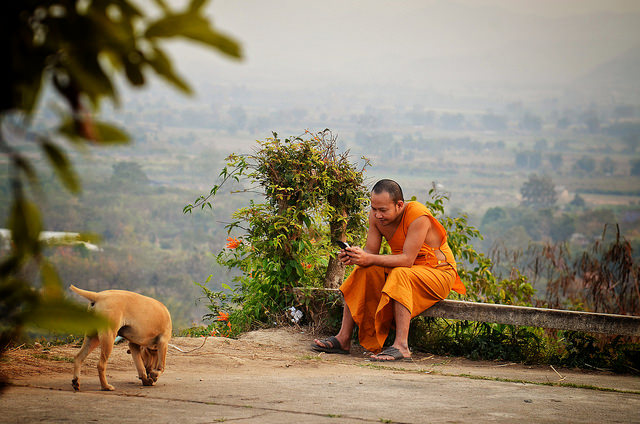
You will head towards Mae Sai, the northernmost point of Thailand, where you will visit Wat Tham Pla and get the chance to see some wild monkeys up close.
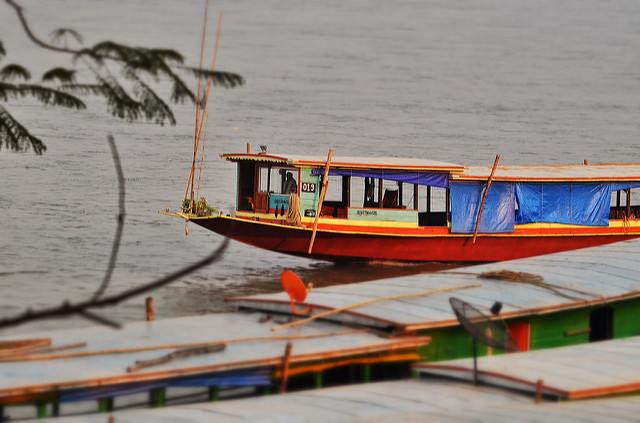
From here, you will shortly reach the Golden Triangle, where three borders meet: Myanmar, Laos and Thailand. Here, you can take a long-tail boat and cross over into Laos to visit some of the villages. No visa is required.

From the Golden Triangle, Highway 1048 will take you to Chiang Rai, said to be one of the finest rides in Thailand. Chiang Rai may be quieter than Chiang Mai, but it is no less exciting. The main attraction here is Wat Rong Khun. Better known as the White Temple, it is one of the top 10 wonder temples in the world.
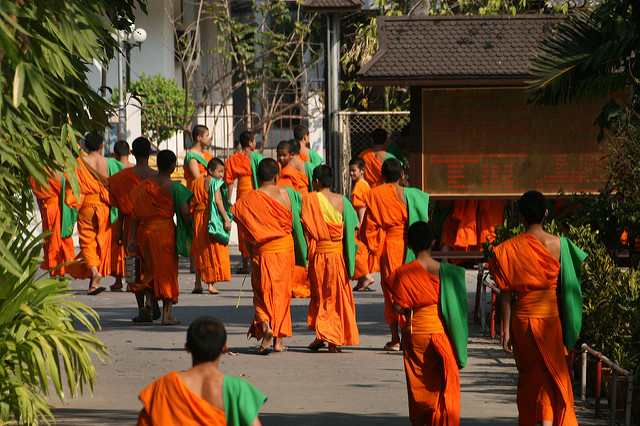
For adventure lovers, there are some fantastic off-road trips starting in Chiang Rai that are definitely worth a few extra days to explore. A winding mountain road will take you back to Chiang Mai.
The Mae Hong Son Loop
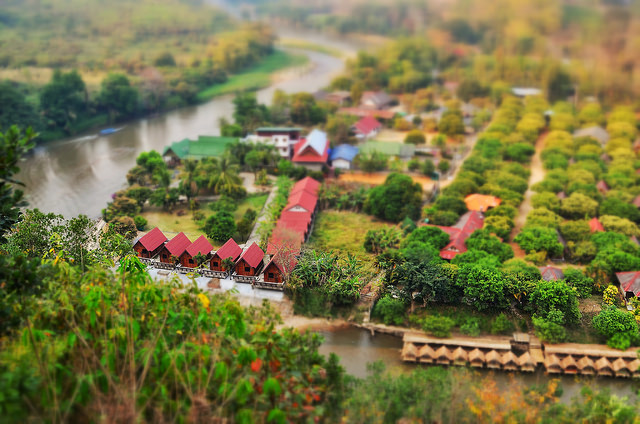
Chiang Mai – Mae Sariang – Mae Hong Son – Pai – Chiang Mai
Distance: 420 miles (670 km)
Highlights: Trekking near Mae Sariang, Doi Inthanon National Park, Cave Lodge and the surrounding adventure activities (white water rafting and caving).
Insider’s tip: Pack enough warm clothes; you’ll be surprised at how cold it can get up in the mountains during the nights.
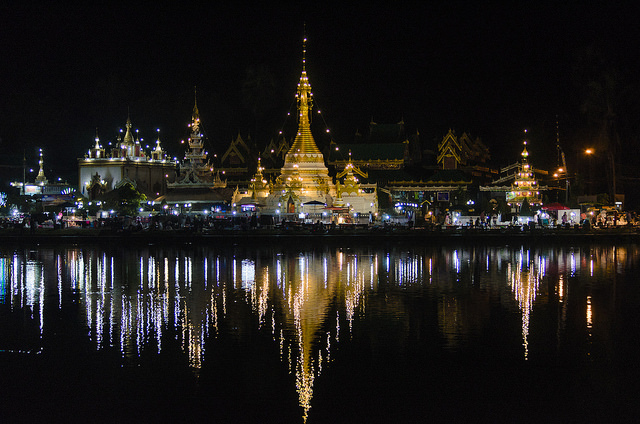
Thailand’s most popular road trip takes riders through the cooler and incredibly scenic mountainous region of the Me Hong Son province. The starting point for this meandering ride is the large touristic hub of Chiang Mai. From here, you will head west on an epic journey to explore the diverse landscape and rugged wilderness of northern Thailand, riding on narrow roads all the way to Pai and back, summing up 1,864 curves!
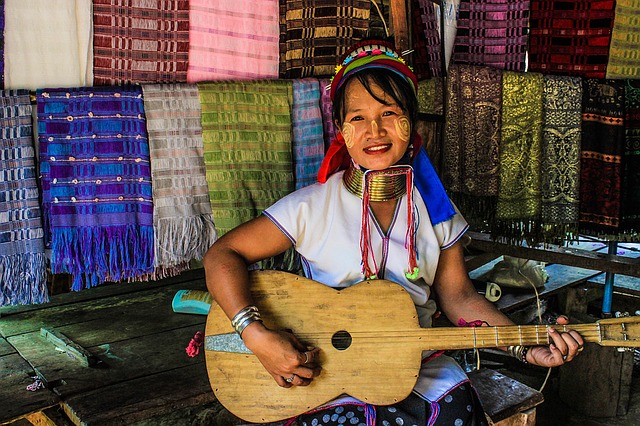
You will pass by hill tribe villages, Buddhist temples, caves and waterfalls, so set aside some extra time to visit as much as you can.
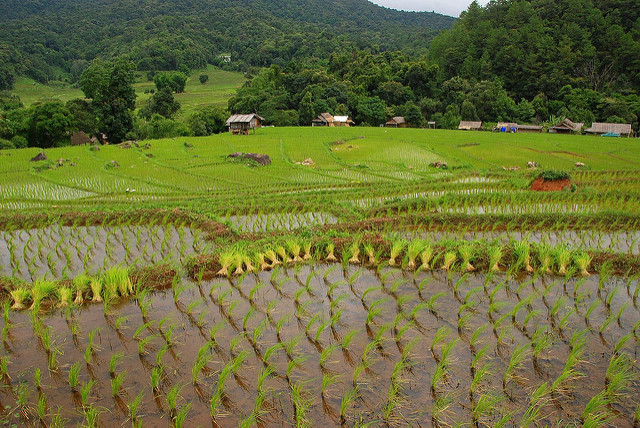
On your way to Mae Sariang, you will pass by the Doi Inthanon National Park and, if you like, you can even make a short detour and ride to the top of the Doi Inthanon Mountain, the highest peak in Thailand. Also known as the ‘Roof of Thailand’, the 8,415-foot (2,565-meter) tall Doi Inthanon is part of the Himalaya mountain range.
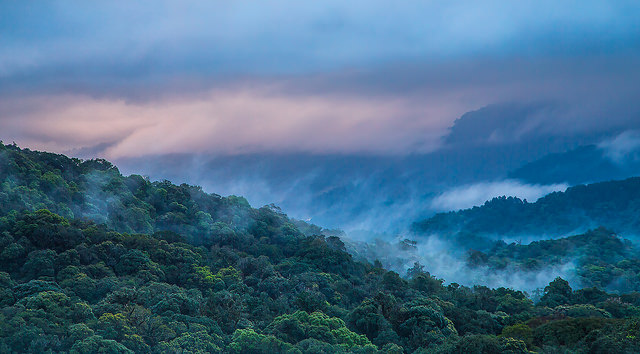
The road from Chiang Mai to Pai is one of the most treacherous in Thailand, with twists and turns on narrow roads carved into the mountains. You can take on the Mae Hong Son Loop clockwise or counterclockwise, but you should be advised that this ride is not for inexperienced motorcyclists.
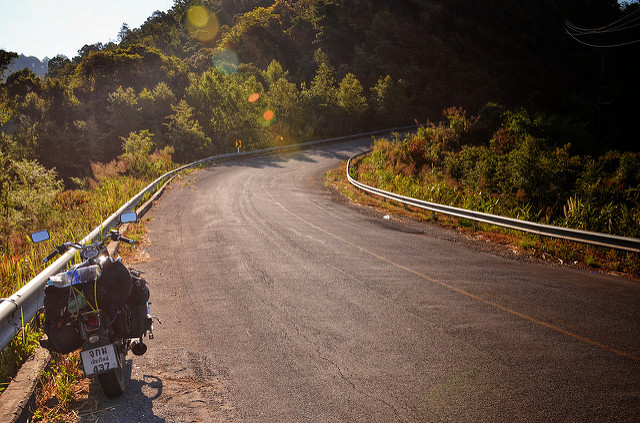
Those who are riding in Thailand for the first time are advised to do the loop in a clockwise direction, stopping at Mae Sariang first. Make sure your motorbike is strong enough before undertaking the challenge – a semi-automatic scooter or a larger motorcycle (minimum 125cc) should do the trick.

